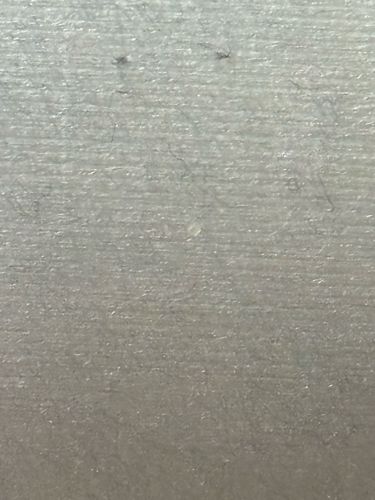Fungus Gnat
Scientific Name: Various genera, e.g., Bradysia spp., Mycetophila spp.
Order & Family: Order: Diptera, Family: Mycetophilidae or Sciaridae
Size: Adults are typically 2-8 mm (0.08-0.3 inches) long. Larvae are slender, whitish, and up to 6 mm (0.24 inches) long.

Natural Habitat
Fungus gnats are commonly found indoors around houseplants, especially those that are overwatered. Outdoors, they inhabit moist, shaded areas rich in decaying vegetation, such as compost piles, damp soil, and leaf litter. They thrive in high humidity.
Diet & Feeding
Adult fungus gnats generally do not feed or feed on liquids. Their larvae feed on fungi, decaying organic matter, and plant roots in moist soil.
Behavior Patterns
Fungus gnats are attracted to moist environments and decaying organic matter. Adults are typically seen flying in small swarms around potted plants or in damp areas. Larvae feed in the soil. Their entire life cycle can be completed in about 3-4 weeks depending on temperature and humidity, leading to rapid population growth.
Risks & Benefits
Potential risks include being a nuisance pest indoors. While adult fungus gnats are harmless, their larvae can cause damage to plant roots, especially in seedlings and young plants, potentially leading to wilting and stunted growth. They generally pose no direct health risk to humans or pets. They have some minor benefit in decomposition in their natural outdoor habitats.
Identified on: 9/1/2025